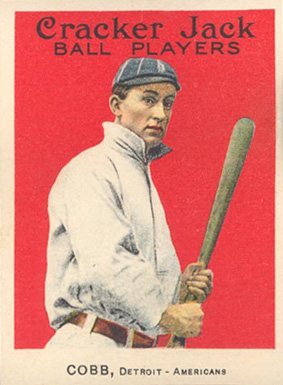Racial tension across the country today is a common occurrence. Last week in Madison, Wisconsin, Latinos demonstrated in front of the capital about racial inequality. Black Lives Matter has inserted itself into events, causing racial tension during the last couple years. As it turns out, racial tension isn't anything new in our country. In 1943 parts of our country were embroiled in the Zoot Suit Riots led by racism.
To explain the Zoot Suit Riots, first one has to understand what the history of a zoot suit encapsulates. Like today, Latinos in late 1930s worked below-poverty level jobs and lived in Latino neighborhoods in the Los Angeles area. In their strong ethnic community, they developed their own type of music, language, and dress including zoot suits for young men. Zoot suits consisted of wide-lapeled suits with a long coat, baggy-legged pants, and a "pork pie" hat.
Young men, dressing this way, were usually members of Latino gangs that roamed California streets earning themselves the reputation of being delinquents and trouble-makers. By 1942, these Latino gangs had spread further into the cities of California causing racial tension between the Latino and white communities.
Trouble erupted when the government issued rationing regulations during WWII to restrict the use of most things in the country, including wool cloth, saving the best for our soldiers in the war. The rationing on cloth included a 26% cut in the wool that manufacturers could use in men's suits. Zoot suits, obviously, did not fit the clothing regulations the government handed down. Most companies followed the government regulations, but the demand for zoot suits did not stop.
As the number of soldiers in the LA area wearing uniforms rose, tensions increased when they came in contact with Latinos wearing the illegal zoot suits. In June, 1943 things came to a head when a group of soldiers was attacked by zoot-suit-appareled youths. It's hard to determine who really started the altercations, but the result was the onset of the Zoot Suit Riots.
 The next day 200 sailors in 20 taxicabs headed for the center of the Mexican settlement to get revenge. They clubbed anyone wearing zoot suits even down to twelve-year-olds. They attacked and stripped the young men and burned their unique suits.
The next day 200 sailors in 20 taxicabs headed for the center of the Mexican settlement to get revenge. They clubbed anyone wearing zoot suits even down to twelve-year-olds. They attacked and stripped the young men and burned their unique suits.The Zoot Suit Riots spread to other parts of the state by servicemen stationed in different cities. Throughout most of June, the escalation of these incidents finally got the attention of the governor of California. The public outcry against the servicemen finally caused the military officials to confine the sailors and soldiers to their barracks to stop the attacks on Latino gangs.
Bad news is always contagious, so the riots eventually found the way to other cities in the country including New York City, Philadelphia, and Detroit, where the riots also included African Americans. Whites attacked the blacks and destroyed much of their neighborhoods. Racial tensions remained high during the remainder of that summer.
In that very tumultuous time of war, these events show that there was nothing to be proud of on our own shores. It's hard to imagine that soldiers were attacking people of other races for the clothes they were wearing. I didn't think racial tension could be higher than we have now, but I was wrong.
Information taken from Wikipedia - Zoot Suit Riots








